All of the coloring pages displayed on this page are free for personal use (view full use policy). Any brands, characters, or trademarks featured in our coloring pages are owned by their respective holders and depicted here as fan art.
Please enjoy these realistic elephant coloring pages!
African Bush Elephant Realistic Coloring Pages


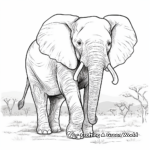
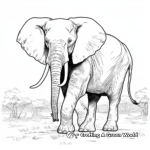
Detailed Elephant Coloring Pages
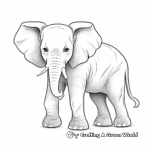
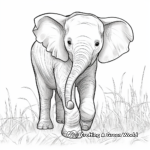
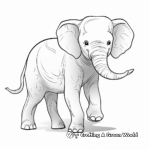
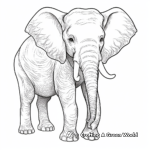

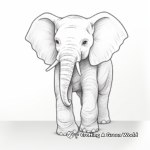

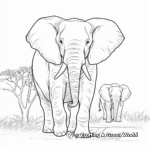
African Forest Elephant Coloring Pages for Artists
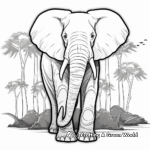
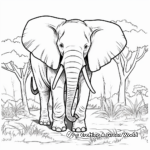
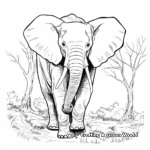
Baby and Adult Elephants Interaction Coloring Pages
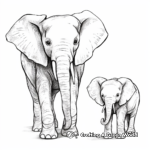
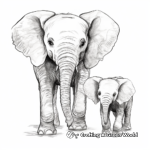

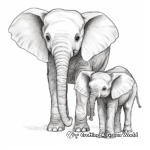


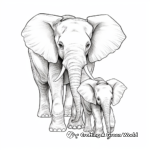
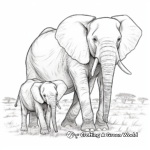
Realistic and Detailed Baby Elephant Coloring Pages
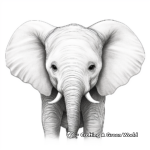
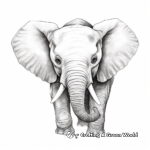
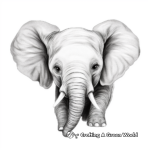
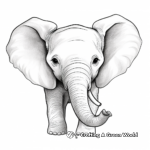
Tips For Coloring Realistic Elephants
What colors should I use for a realistic elephant coloring page?
Typically, elephants are depicted in shades of grey. However, depending on the elephant’s habitat and environment, you might need brown for mud or dirt, green for grass or vegetation they might be eating, and blue for nearby water sources. Remember, their tusks are ivory, a shade of off-white, and their eyes are usually dark brown or black.
How can I add more detail and realism to my elephant coloring?
Starting with lighter colors can help you gradually build up realistic textures. Use darker shades for creases and wrinkles, especially around the trunk, ears, and legs. Don’t forget about the texture on the skin, which can be achieved with various shading and hatching techniques. Elephants also often have dirt, mud, or dust on them, which could be an interesting detail to include.
What are the distinguishable features of an elephant that I should pay attention to while coloring?
Some key elephant features to pay attention to include large floppy ears, a long curved trunk, big round body, long curved tusks and small eyes. Coloring-wise, capturing the texture of an elephant’s skin, which is thick and wrinkled, will help make the image more realistic. Also, their tusks are usually a different color than their skin, often lighter.
Can you provide some interesting facts about elephants that I could incorporate into my art?
Elephants are the world’s largest land animals. African elephants have larger ears than Asian elephants and their tusks can grow up to 2.5 meters long! Additionally, elephants are known as keystone species because their habits of uprooting trees and undergrowth can transform savannah into grasslands, creating habitats for other wildlife. They are also known for their empathetic behavior and deep familial bonds. These factual elements can add an educational aspect to your artwork.
Related Coloring Pages
About Our Coloring Pages
All of the coloring pages displayed on this page are free for personal use. You have our express permission to download, print, color, and enjoy these pages at your own leisure and convenience. Each piece of artwork on this page has been chosen to inspire creativity and make the world of coloring engaging and enjoyable for all age groups. This permission extends to small non-commercial group settings like classrooms or therapy settings - you have our permission to print these for free distribution to small groups.
This permission is granted strictly for non-commercial uses. These images can not be resold, republished, or used for commercial purposes in any form or method. You may not sell the final colored versions, or use them as design elements in a product that is sold. Please contact us for commercial licensing options.
Our priority is to support and inspire creativity among those who love to color. Please join us in honoring this purpose by adhering to these guidelines. Happy Coloring!
